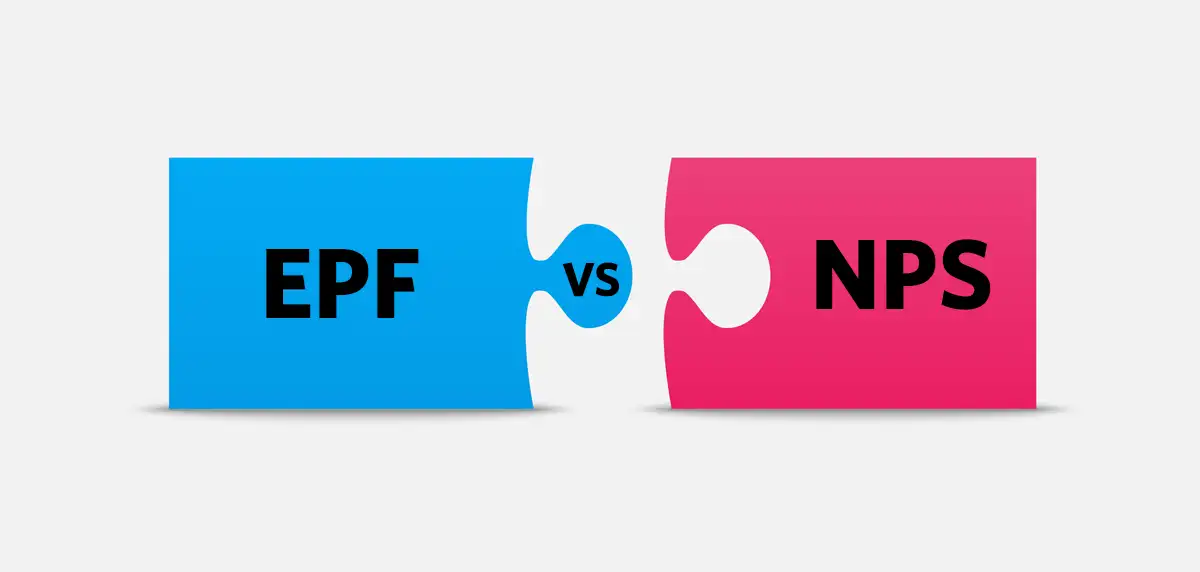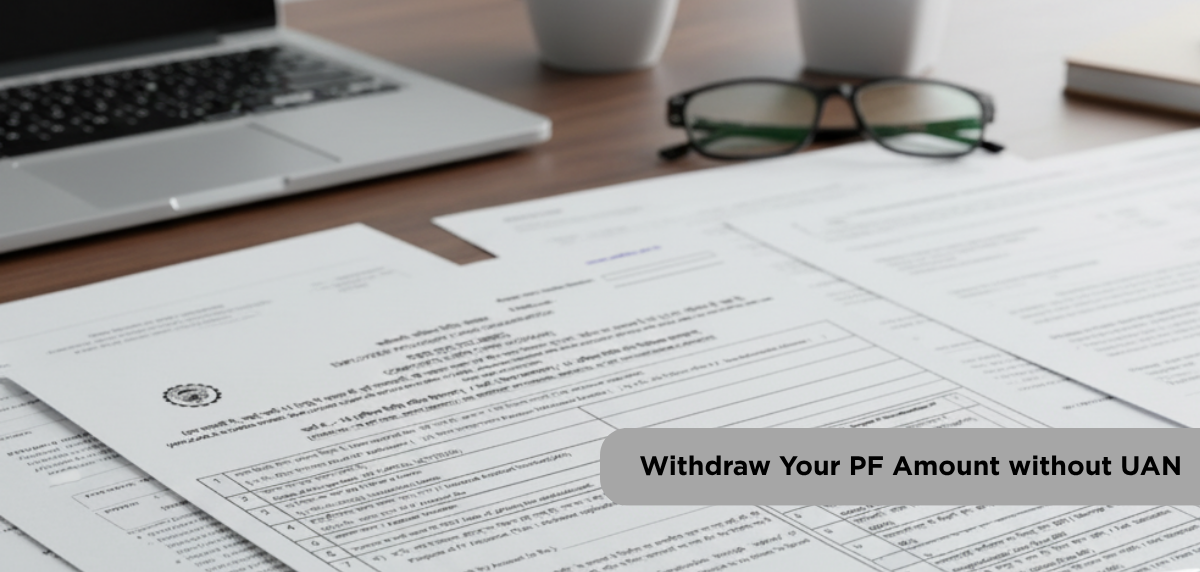The Pension Fund Regulatory and Development Authority (PFRDA) has introduced important new rules under the Unified Pension Scheme (UPS) for all central government employees. These changes aim to provide greater financial security after retirement. The content below explains the key points of UPS, eligibility criteria, contribution details, and retirement benefits under the new scheme.
What Is the Unified Pension Scheme?
The Unified Pension Scheme is a replacement for the existing National Pension System (NPS), for central government employees. Under the UPS, employees will receive an assured pension rather than depending solely on market-linked returns. The government’s goal is to ensure that retirees have a stable income after they leave service.
Who Is Eligible for the UPS?
The new rules state that the UPS will be applicable to the following groups of central government employees:
1. Existing Employees as of April 1, 2025
All central government employees who are in service on April 1, 2025, and are already covered under the NPS.
2. New Recruits Joining on or After April 1, 2025
Any person joining central government service on or after April 1, 2025 (they will automatically become part of the UPS instead of the NPS).
3. Employee Retired before March 31, 2025
Any Central Government employee in NPS who retired on or before 31 March 2025 whether by reaching retirement age, choosing voluntary retirement, or under Rule 56(j) (not as a penalty).
4. Spouse of NPS Subscriber
The legally married spouse of an NPS subscriber who retired and then died before selecting the UPS option.
Employees must choose to enrol in the UPS by June 30, 2025. If they do not opt in by this date, they will continue under the NPS for the remainder of their service. Once an employee opts into the UPS, they cannot switch back to the NPS.
How Much Do Employees and the Government Contribute?
Under the UPS, contribution rates are fixed. These are the key figures:
For example, if an employee’s basic pay and DA together amount to ₹50,000 per month, the employee will contribute ₹5,000 per month (10% of ₹50,000). The central government will contribute ₹9,250 per month (18.5% of ₹50,000).
These fixed contributions ensure that a defined pool of funds is available throughout the employee’s career, which is crucial for calculating the assured pension and related benefits.
What Pension Benefits Does UPS Offer?
Pension plays a huge role in the quality of life one has after retirement. Hence, it is important to compare pension plans and understand what benefits each of them offer over the other. Here are the benefits that UPS can offer you:
1. Assured Pension
One of the key attractions of the UPS is the assured pension. Under this rule:
- Retirees will receive 50% of the average basic pay drawn over the last 12 months before retirement, provided they have completed at least 25 years of qualifying service.
- There is a minimum pension amount fixed at ₹10,000 per month. If a retiree’s calculated 50% figure falls below ₹10,000, they will still receive ₹10,000.
For instance, if a retiree’s average basic pay over the final year is ₹60,000 per month, their assured pension will be ₹30,000 per month (50% of ₹60,000).
2. Family Pension
In the unfortunate event of the retiree’s demise, the UPS provides a family pension to the spouse:
- Family pension equals 60% of the assured pension amount that the retiree was receiving.
So, if a retiree was receiving a ₹30,000 monthly pension, their spouse will receive ₹18,000 per month (60% of ₹30,000).
3. Dearness Relief
To protect against inflation, both the assured pension and family pension amounts under the UPS will be subject to dearness relief. This relief is calculated based on the All-India Consumer Price Index for Industrial Workers (AICPI-IW). Whenever there is an increase in the AICPI-IW, pensions will be adjusted accordingly to ensure that retirees can maintain their purchasing power.
4. Lump Sum Payment at Retirement
In addition to the monthly pension, retirees will receive a lump sum payment at the time of superannuation. This amount is calculated as:
- One-tenth of the monthly emoluments (basic pay plus DA) for every six months of completed service.
For example, if a retiree’s monthly emoluments are ₹60,000, and they complete 30 years of service (which is 60 six-month periods), their lump sum will be:
1/10 × ₹60,000 × 60 = ₹360,000.
Importantly, receiving this lump sum does not reduce the assured pension. It is an additional amount paid to help meet immediate post-retirement needs.
Comparing UPS With Other Types of Pension Schemes
Even though the entire information up till now focuses on UPS, it might be useful to know that there are various types of pension schemes available in India, such as:
- Defined Contribution (DC) Schemes - such as NPS, where retirement benefits depend on market returns.
- Defined Benefit (DB) Schemes - where retirees get a fixed payout based on salary and service.
- Hybrid Schemes - that combine features of both DC and DB schemes.
The Unified Pension Scheme falls into the defined benefit category, as retirees are assured a fixed percentage (50%) of their last drawn salary. This makes it simpler to plan for retirement compared to schemes where benefits can fluctuate.
How to Plan Your Retirement With UPS?
For individuals thinking ahead and looking to include UPS in their retirement plans, here are a few pointers:
Step 1. Understand Your Expected Pension:
Use a retirement calculator to estimate what your pension might be under UPS. You will need to input your projected salary in the final year of service and years of service. Since the scheme offers 50% of average basic pay, the calculation is straightforward.
Step 2. Compare With NPS:
If you are already registered under NPS, compare the expected UPS pension with the potential corpus you might accumulate under NPS. A retirement calculator can help by showing both scenarios side by side.
Step 3. Factor in Dearness Relief:
Remember that pensions under UPS will increase with inflation. When you plan, ensure that you use realistic inflation rates in your calculations.
Step 4. Consider Family Pension:
If you have dependents, the family pension benefit under UPS can ensure that your spouse continues to receive 60% of your pension if you pass away. This is an important consideration when comparing types of annuities or other pension products.
Key Dates and Enrolment Process
- The system for the Unified Pension Scheme went live on April 1, 2025.
- Eligible employees must opt in by June 30, 2025.
- After opting in, employees cannot revert to the NPS.
If you are a central government employee already under NPS and you wish to get the assured pension benefits, you must fill out the required forms and submit them before June 30, 2025. You can find all necessary forms on the official PFRDA website.
The new rules of UPS, effective from April 1, 2025, mark an important shift in how central government employees plan for life after retirement. When you compare the benefits of Unified Pension Scheme against other types of pension schemes and retirement plans, you will see that it provides a stable, guaranteed income stream. For college students and young professionals entering central service, it may be wise to explore how UPS aligns with your long-term goals. A retirement calculator can be a handy tool to estimate your future pension and make an informed choice. By understanding these new rules of UPS, you can ensure that your golden years are financially secure and stress-free.






















